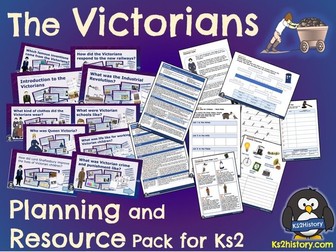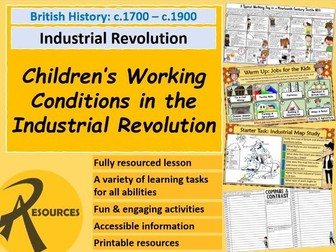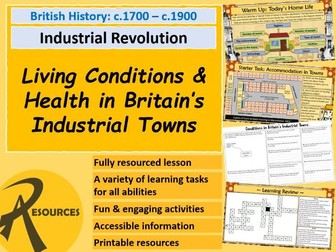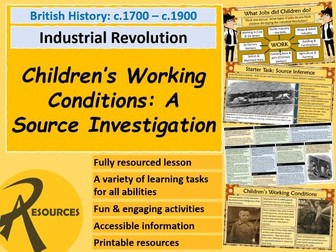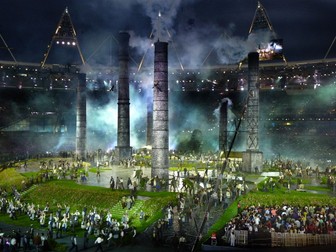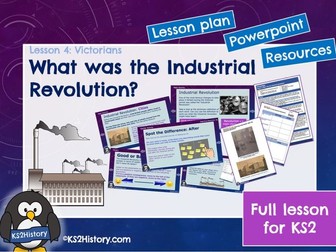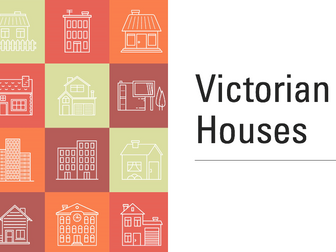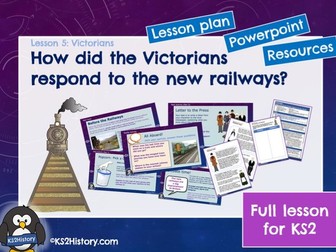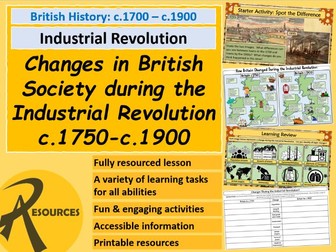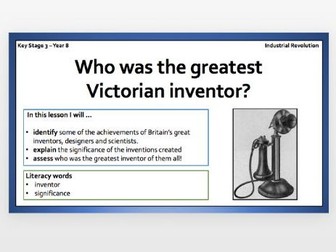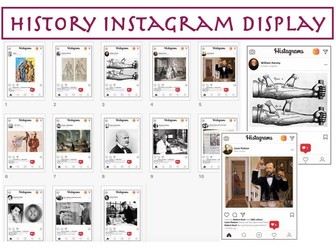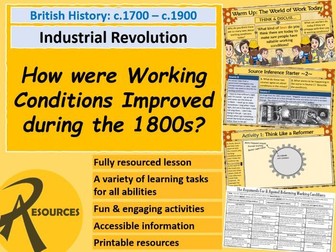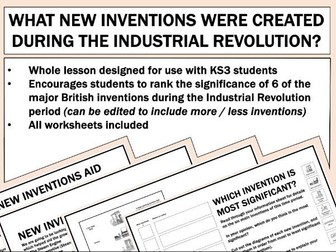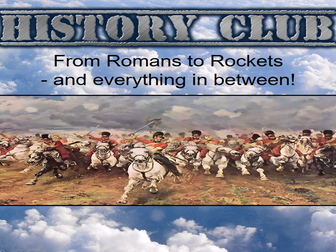
Victorians
A fully-resourced unit of 10 history lessons for KS2, covering the Victorians topic. This KS2History planning pack includes 10 detailed lessons plans, each with accompanying pupil resource sheets and Powerpoint slides.
The ten sessions in this unit aim to give an overview of the Victorian period in Britain and to highlight some of the major changes during this period. There is an emphasis on allowing pupils to consider the sources of evidence that form our understanding of this period of British history and to make links to modern times.
The aims of the unit for pupils are:
To gain an overview of the significance of the Victorian period within the wider narrative of British history
To contrast everyday life during the Victorian period with modern British lifestyles.
To consider some of the major changes and their effects during this period, including the impact of the Industrial Revolution and the railways, and to consider different perspectives on these changes.
To study significant people and events during this period.
To become familiar with historical sources and accurate vocabulary relating to the Victorian period.
This pack contains everything you need to teach this unit, including differentiated activity ideas so that it can be adapted to the needs of your class or year group. The Powerpoint text is also editable.
The planning pack covers the following lessons:
Introduction to the Victorians
Who was Queen Victoria?
Which famous inventions came from the Victorians?
What was the Industrial Revolution?
How did the Victorians respond to the new railways?
What was life like for working Victorian children?
How did Lord Shaftesbury improve the lives of Victorian children?
What were Victorian schools like?
What kind of clothes did the Victorians wear?
What was Victorian crime and punishment like?
This pack is brought to you from Ks2history.com. #lovehistory #maymadness
Once purchased, you can find this resource any time in the ‘My Downloads’ section of your account.
